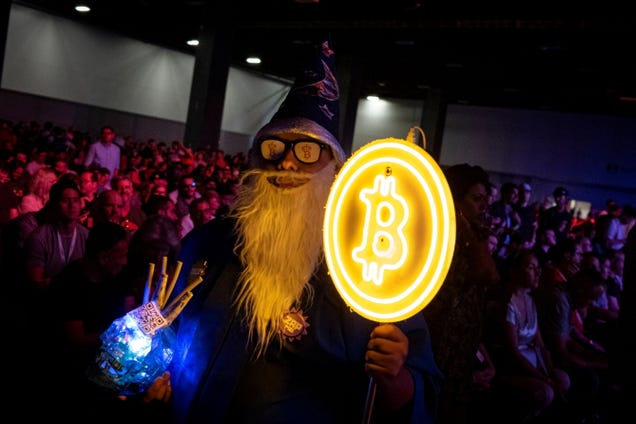
“So you think you know every country in the world?” my late friend and drumming partner Richard Feynman said with a twinkle in his eye, back in 1977.“Well, then, whatever happened to Tannu Tuva?”
I replied, “Surely you’re joking, Mr. Feynman—there is no such country!”
But there was: Feynman remembered Tuva as a purple splotch on the map just outside of Outer Mongolia. In the 1930s Tuva issued dozens of marvelous triangular- and diamond-shaped stamps that he collected as a boy. Then the country mysteriously disappeared.
His question turned into a quest—to learn everything we could about Tuva, and to get there ourselves. On the occasion of Google’s 20th anniversary this month, I’ve been thinking about how different our search was then compared to today.
Back then our main source of information was libraries—local, university, even the Library of Congress. Much of the information was in Russian (Tuva had been absorbed into Stalin’s Soviet Union during World War II), so we recruited a linguistic wizard named Glen Cowan to help. (Today you can use Google Translate.) We scoured card catalogs, microfilm reels, cross-library listings—and books that literally needed the dust blown off—in hopes of finding a useful nugget of information. Each nugget, rare and unexpected, delivered a small delight of discovery, and kept our quest alive.
Search for “Tuva” today on Google and you’ll be showered with so many nuggets that you can’t possibly treasure them all.
Back then it took us months to find a single grainy black-and-white photograph of Tuva; search for “images Tuva” on Google today and you’ll find a hundred color photographs in a second.
Back then it took us a year to find a single hand-drawn map of Tuva’s exotically spelled capital; today, you can instantly see a detailed street map of Kyzyl based on satellite imagery, with current traffic conditions.
Because information about Tuva was so difficult to find in the pre-Internet era, our quest was full of twists—much like a Feynman diagram (go ahead, search!). One twist took us to Moscow, where Cowan and I discovered and then brought the largest archaeological and ethnographic exposition ever from the Soviet Union to the United States. It included spectacular items from Tuva, of course. We thought the Nomads exhibition would provide us the key to finally setting foot in Kyzyl; it actually was the key for a dozen Soviet academicians to visit the mysterious Disneyland. No matter: we learned the meaning of the Taoist saying, “The reward is in the journey.”
Undaunted, we spread our enthusiasm by sending out Xeroxed newsletters to our friends, encouraging them to pass them on and send back SASEs (self-addressed stamped envelopes) for future newsletters. We also set up a “Friends of Tuva hotline” (221-TUVA) to spread the latest information about the singing cowboys from Tuva riding in the 1993 Pasadena Tournament of Roses Parade. Each Tuvan cowboy could sing two notes simultaneously, something we could scarcely imagine when we read about it in books; today, YouTube has dozens of “Tuvan throatsinging” music videos, and the “Friends of Tuva” newsletters are online.
Sadly, Feynman died in 1988, just weeks before receiving the coveted formal invitation that would allow us to set foot in Tuva at last. But his memory lives on, here and in the land of his dreams. Today, you can find an article online about “Feynman Rock” in Tuva, carved to commemorate the centenary of Feynman’s birth in May this year. At a related event in Kyzyl, Cowan gave a talk in Russian about the work that won Feynman the Nobel Prize, while a simultaneous commemoration live-streamed into Kyzyl from Caltech.

The view from Feynman Rock in Tuva
Today I embark on dozens of quirky diversions every week, usually ending up happily lost in the world of Wikipedia (to which I contribute a dollar a day for my habit). But these easy jaunts seem more like sugar highs than the satisfying meal that Tuva provided, so in an effort to recapture that spirit of adventure, I’ve begun to frequent my local library and read good old-fashioned books again.
Nevertheless, I’m thankful for the embarrassment of riches and fools gold that is today’s Internet. And on Google’s 20th anniversary, I offer up a fervent hope: let us never stop pursuing the mysteries that surround us—wondrous mysteries that await sustained, serendipitous, and joyful investigation. Quests can still begin with an intriguing question; adventures still await the curious mind.
Find your Tuva.







